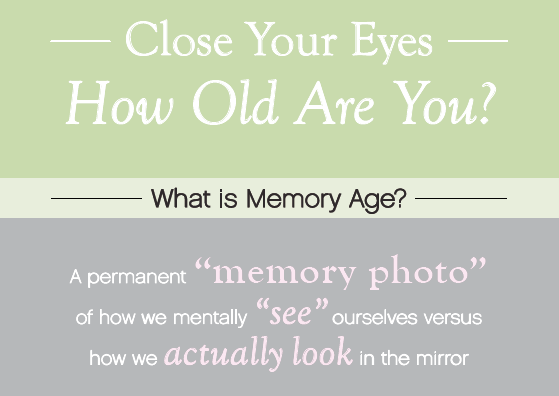I spend a lot of time thinking about aging. During and after receiving my Masters of Nursing in Gerontology – the study of aging and its effects – I spent years studying the human struggle with the natural signs of aging and what we could do to slow the hands of time. Our tools back then were largely restricted to lifestyle changes proven to increase longevity – healthy eating, exercise and sunscreen. But, that did little to combat the external effects of growing older.
Around this time aesthetic medicine was really taking off as a specialty. It offered an arsenal of new tools that could help patients feel more confident in a way that stayed true to their self-image. I was immediately interested. I decided to shift my professional focus from Gerontology to Aesthetic Medicine. Since then the field has grown exponentially. According to the American Society of Aesthetics Plastic Surgeons, non-surgical procedures have grown at an incredible rate in the last two decades. Between 1997 and 2016, surgical procedures grew by 99%, compared to an incredible 650% surge in non-surgical procedures. The balance has clearly tipped as patients look for a more subtle, natural way to turn back time.
Contributing to that growth is the fact that the treatments available have increased in number, improved and evolved. Since Botox first came to market in 1989, we have seen the advent of dermal fillers, improved peels, and techniques like microneedling that allow us to offer more subtle solutions to combat the appearance of aging. And most recently we were introduced to Kybella, which presents an alternative to chin liposuction I could only have dreamed of when I began my career.
Understanding Self-Image
One thing I have learned from my patients over the years is that “self-image” is a loaded word and not so easy for someone to explain. I am always listening for what it is patients really want. What are they really trying to achieve? Are their expectations reasonable or did they all just want to look 21 again?
Turns out, the truth may be in our memories.
We recently asked 350 women aged 30-70 across the U.S. to tell us what their “Memory Age” is. Each participant was asked to close their eyes and conjure up a mental picture of themselves and tell us how old they look. It turns out, we’re all carrying around a “memory photo” of ourselves. That “memory photo” is about 10 years younger than we are today. In fact, most women (62%) had a 1-10 year gap between their Memory Age and real age. This is an achievable goal when we consider the many non-surgical tools available to us today.
Applying Memory Age in Practice
Findings of this survey provided us with yet another powerful tool to apply in practice – a patient’s own memory. Whether a respondent was 35 or 65, the survey made clear that nobody is trying to recapture their youth – they just want to turn the clock back a bit. But to when?
The women surveyed told us their Memory Age was linked to an important period in their lives, though not necessarily what you might expect. Sure, some of the respondents associated it with important personal milestones like falling in love or getting married, but the overwhelming majority – 40 percent – associated their Memory Age with feeling successful in their career. At first, I was puzzled, but then it hit me: everyone’s Memory Age is linked to a time in their life when they felt most confident.
Today we use Memory Age as an important first step in understanding what patients are trying to achieve. We begin by having a patient reveal their own Memory Age during their consultation. We ask them to bring a photo or two representing their Memory Age so we can pinpoint what areas they would like address, together. This added step has allowed us to approach our patients in an entirely new way. One that focuses on achieving an outcome of confidence and less on areas they are simply unhappy with.
For more insight and the complete Memory Age survey results, please visit www.skinbylovely.com/memoryage.

